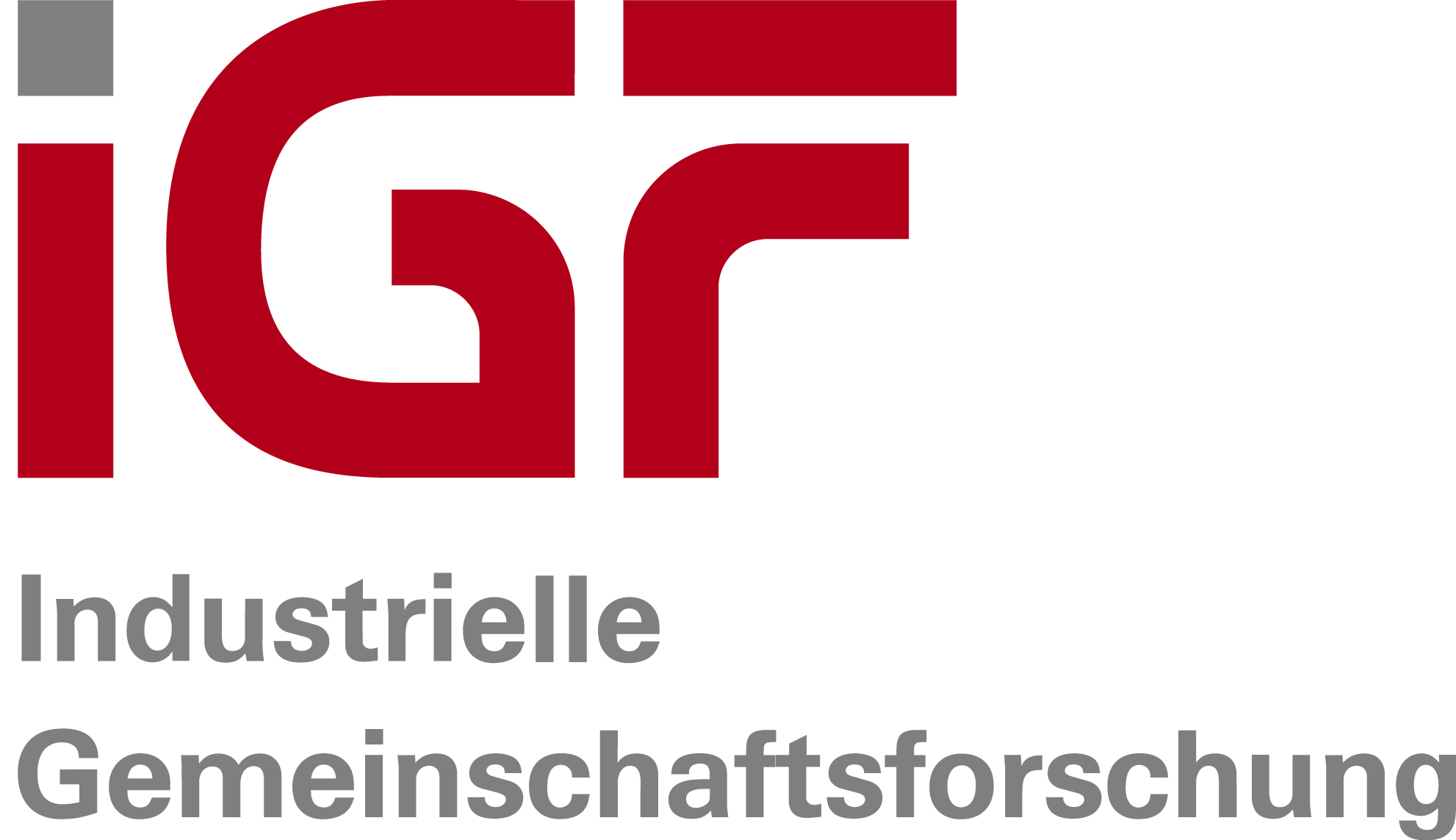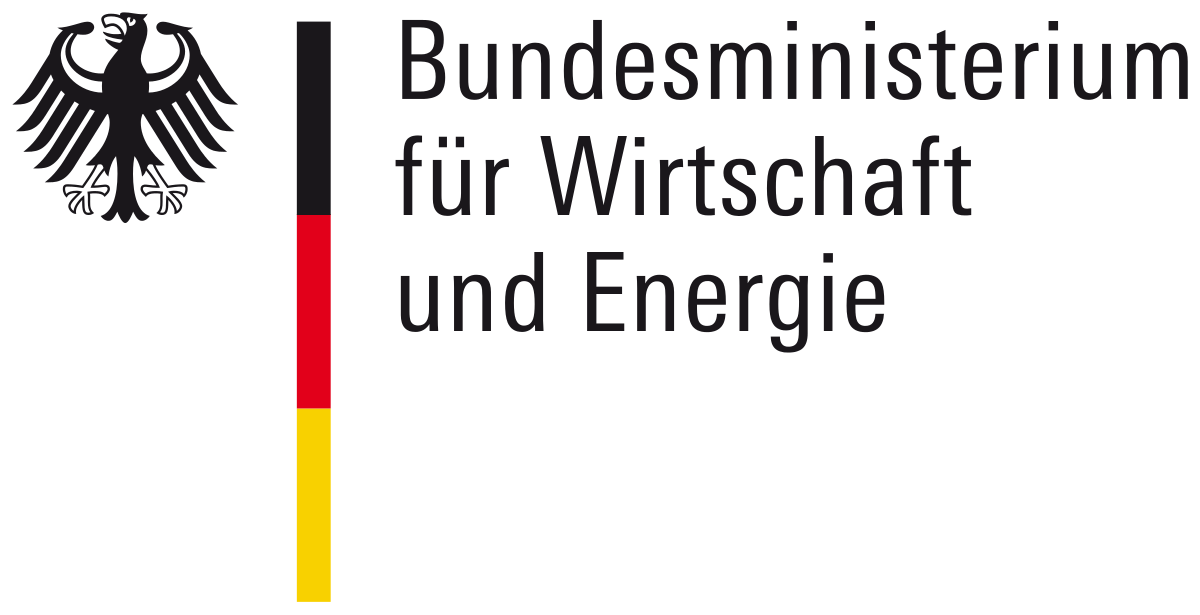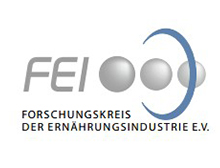
Reduction of acetic acid in wine
Acid acetic presence in wine is an important issue in oenology. It is already perceived from around 0.5 g/L in white and red wines as a false aroma. Below this threshold, it is sensed as disturbing and can mask the varietal aroma of a wine. High level of acetic acid can be already present in grapes at the end of ripeness, produced by microorganisms that contaminate grapes, especially when the season was wet and hot. These contaminations are more frequent when the grapes are damaged by wasps or more recently by the spotted wing drosophila (Drosophila suzukii). In addition Saccharomyces cerevisiae (brewer’s yeast) produces naturally a bit of acetic acid during normal fermentation process. This rate is multiplied with the increase of sugar content in grapes, a phenomenon all the more accentuated by global warming. It has thus become essential to find solutions to prevent the formation of a high level of acetic acid in wines.
Essigsäure project aims to reduce acetic acid level in the must and in the wine by developing modified fermentation processes. Thus, microbiological strategies and other innovative fermentation technologies, such as batch fermentation, will be developed in this project. Some yeast producing less acetic acid will be selected and characterized to be used in winemaking. This project will thus offer several tools to winemakers in order to improve fermentation processes and to guarantee a permissible level of acetic acid present in their wines.
2017 – in progress
Partners: Dienstleistungszentrum Ländlicher Raum Rheinpfalz (Neustadt) – Institut für Weinbau und Oenologie
Funding: Forschungskreis der Ernährungsindustrie (FEI)








